“I was never a man to sit down,” admits Ian Taylor, whose life story could easily be mistaken for the plot of an adventure novel, if not for its understated reality.
From sailing the high seas to teaching rig workers survival skills then on to the cluttered rows of his auction house, Ian’s journey has been anything but conventional.
At 78, he’s become an institution in his hometown of Montrose, as much a part of its fabric as the auction house that bears his name: Taylor’s Auction Rooms.
Known as one of Scotland’s hardest-working auctioneers, Ian’s reputation is built on an encyclopaedic knowledge of the art, antiques, furnishings and collectibles that pour through his doors.
That might come as a surprise to his former Montrose Academy teachers who told him he didn’t have the brains to stay on for his Highers.
When they suggested he leave school aged 16, he joined the Merchant Navy and spent four years running jute between Dundee and India before branching out to the Far East.
Then, in the 1970s, he switched tack to set up a school teaching survival skills to rig workers in the North Sea, before establishing his own auction house.
Today the idea of slowing down is not on his radar. Even as he nudges 80, walking an hour before work is a daily ritual, picking up litter along the way.
And when he’s not in his office, he continues to be called upon by judges and insurance firms, giving estimates for estates being valued in the event of death, divorce, or downsizing.
Ian Taylor, industrious Montrose auctioneer
It’s a treat to catch him in the salesroom and hear the stories behind some of the fantastic items that come through his doors.
Taylor’s current catalogue includes everything from a watercolour painted by King Charles III to a 19th-century ship’s wheel, snuff boxes, leather saddles, tribal spears, and even an eclectic mix of headgear, including trilbies, bowlers, and top hats.
As the hammer falls, these items are often destined for buyers across the globe — from the US to Japan to Dubai.
The pandemic accelerated the shift to online auctions, and now much business takes place in the digital space.
It’s a big change from the noise and bustle of hundreds of people coming along in person to place their bids.
Now bidders from all over the world tune in, making this Montrose salesroom a truly international affair.
Ian chuckles at the thought that staff recently posted out an edition of Walking in the Cairngorms, sold at the last auction, to Idaho: “Not sure what use it will be out there?”
He has witnessed huge shifts in the fashions around what people want to buy. Some are obvious, like grandfather clocks and oversized furniture now ill-suited to modern homes. But some shifts are a mystery even to him.
Sweeping grain at docks to feed chooks
Born and raised in Montrose during the austerity of the 1950s, Ian’s early life was one of thrift and hard work.
His father, a disabled war veteran, worked at the telephone exchange and cycled around town with a prosthetic leg, taking the young Ian to the docks to help sweep up grain spilled from the loading ships. They used it to feed their chickens.
That is where Ian first became interested in a career at sea, striking up conversations with sailors from Germany, Norway, and beyond.
After completing his pre-sea course in Aberdeen he found himself aboard a ship running jute between Dundee and India, learning the ins and outs of international shipping, and braving the relentless storms of the Atlantic Ocean.
“In those days,” he recalls, “in a storm, you hove to.”
The Merchant Navy’s gruelling schedule was a world away from the quiet shores of Montrose, but Ian enjoyed the challenge.
Having eventually worked his way to earning his Master’s ticket, an invitation to set up a survival course for rig workers during the North Sea oil boom changed his course again.
Survival training for North Sea
Recently married to his wife Eileen, she encouraged him to give it a go.
“That was the start of health and safety,” Ian recalls. “I had never been on a rig before, so Shell flew me out to one, and I spent the day working out how to launch lifeboats from it. Then I got the course going.”
He was so accustomed to working 60-hour weeks, he had time to spare, so turned his focus to another new venture: auctions
In January 1974, Ian opened his first saleroom in a modest 20-by-40-foot space on Panmure Row in Montrose.
The first auction netted him a humble £240.
“We sold all sorts of junk you could possibly imagine,” Ian remembers. But soon, local lawyers began using Ian’s services to empty estates, and a business was born.
He would come home from his day job teaching rig workers at 5pm, have tea with Eileen and their sons Geoffrey and Jonathan, then head off to the warehouse until 9pm.
“Why my wife put up with me I don’t know,” he says, “She’s been very supportive.”
With the North Sea boom under way and his auction house expanding, the workload got too much even for Ian. Something had to give. So he quit the survival course after 18 months and went all in with Taylor’s Auctions.
Taylor’s of Montrose one of Scotland’s hardest working auction houses
Taylor’s Auctions rapidly became one of Scotland’s leading auction houses, attracting hundreds of buyers and sellers every month.
With 2,500 lots going under the hammer each month, the company has grown from a small team of three to a workforce of 20, including experts in antiques, jewellery, furnishings, and collectibles.
In 2008, the auction house embarked on a bold plan to relocate its operations from Panmure Row to a larger, purpose-built facility on Brent Avenue.
The ambitious move was realised in 2010, with the grand opening of a 26,000 sq. ft. auction complex, officially launched by The Earl of Airlie.
As business soared, the need for more space became clear, leading to the opening of an additional saleroom in 2013 to meet the growing demand.
“We slowly got bigger and bigger and bigger, when we moved down here we used to have four auctioneers selling in four separate salerooms on a Saturday, bawling and shouting.
“We had 40 staff, we had a caravan outside which sold burgers all day.”
Such was its success, getting a parking spot on sale days became a nightmare.
“There were so many people turning up to the sale room because it was such an event,” recalls Ian.
“People from Glasgow, Edinburgh, and all over the north, all used to come to see us because it wasn’t just an auction – it was a performance.”
Covid transformed the business
But then, the Covid pandemic hit, and everything changed.
“We had to act quickly,” he says. “We couldn’t hold public auctions, people were still dying, and houses still needed to be emptied.”
Meanwhile, the warehouse was filling up fast.
In a move that would change the game, Taylor’s Auctions switched to hosting auctions online.
“My son Jonathan sorted out all the IT,” says Ian. “Meanwhile, in Edinburgh, Lyon and Turnbull had their first live sale without an audience on Thursday. But come Monday, Taylor’s, little old provincial auction room, stuck on the North East coast of Scotland, was ready for its first live auction.
“We quickly got the live bidding system set up. Then, as things eased, people were allowed to attend again, but, let’s face it, very few actually do now.”
No going back for Taylor’s Auctions
At his most recent book sale, Ian reveals £80,000 was raised. But there wasn’t a soul in the saleroom – instead, 600 bidders were registered online.
“Back in the day, during book sales, the auctioneer would be shouting away to 30 people sitting in the room. Now, those same bidders are scattered across the globe.
“We ship items everywhere. Montreal, Rotterdam – you name it, we send it. We even have our own little posting department now.
“One buyer got a book from 1780 about lenses for £3,000, and we had to send it to him in Hawaii. You wouldn’t think that if you lived in Hawaii, you’d even know the north-east coast of Scotland existed!
“The business has completely transformed, and it’s never going back to how it was. Let’s face it, that ship has sailed.”
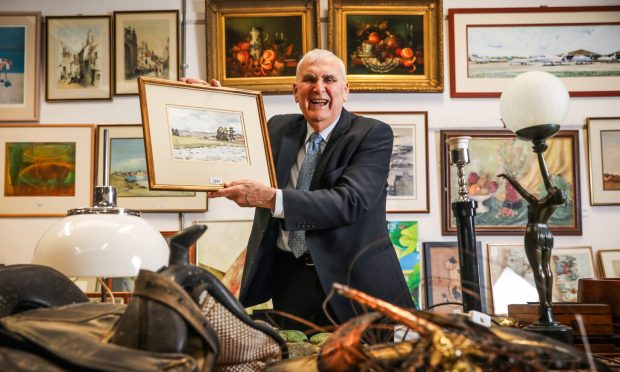
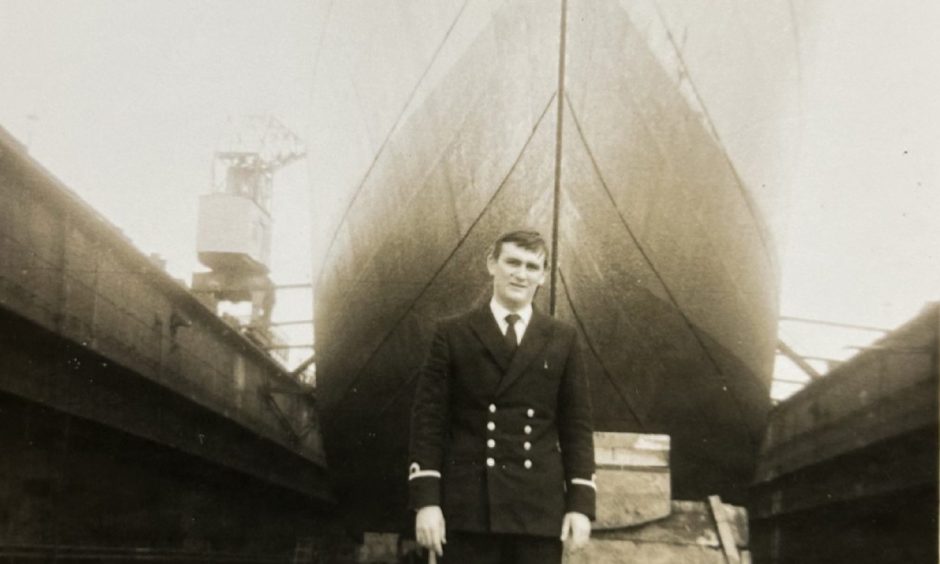
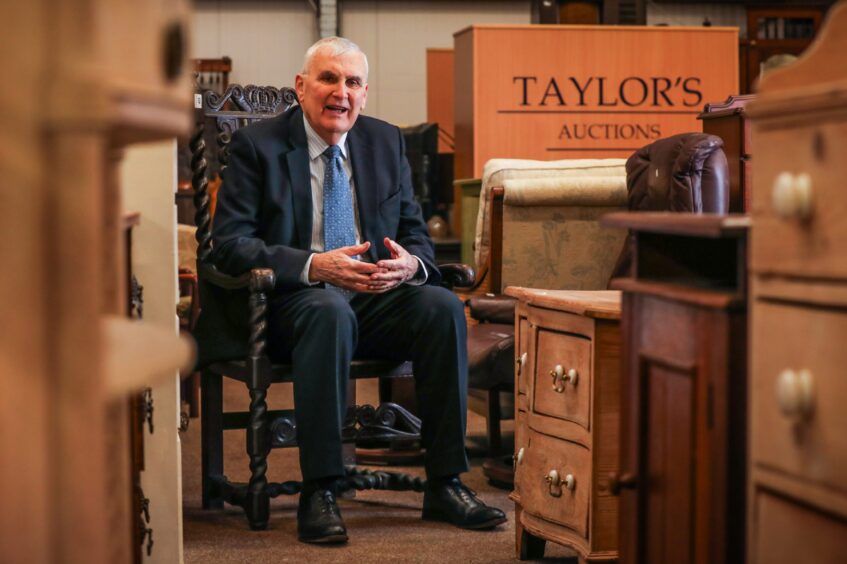
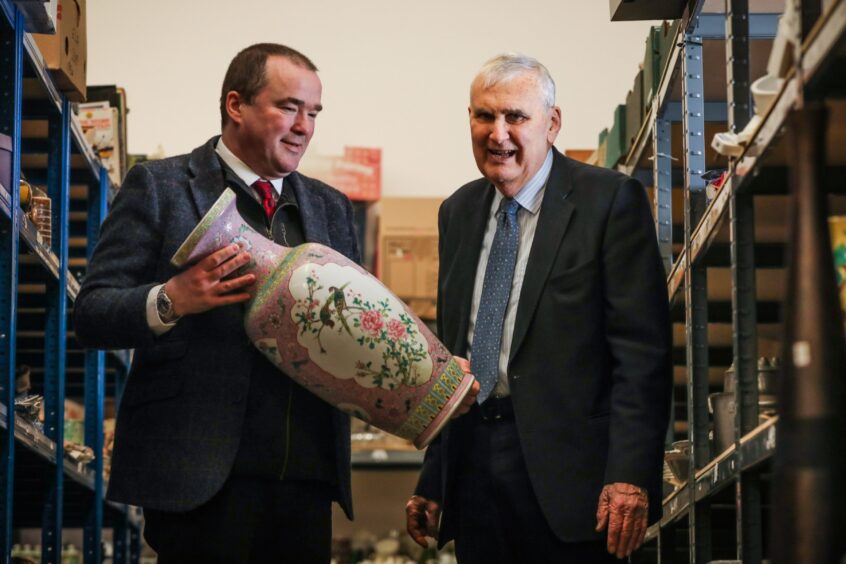
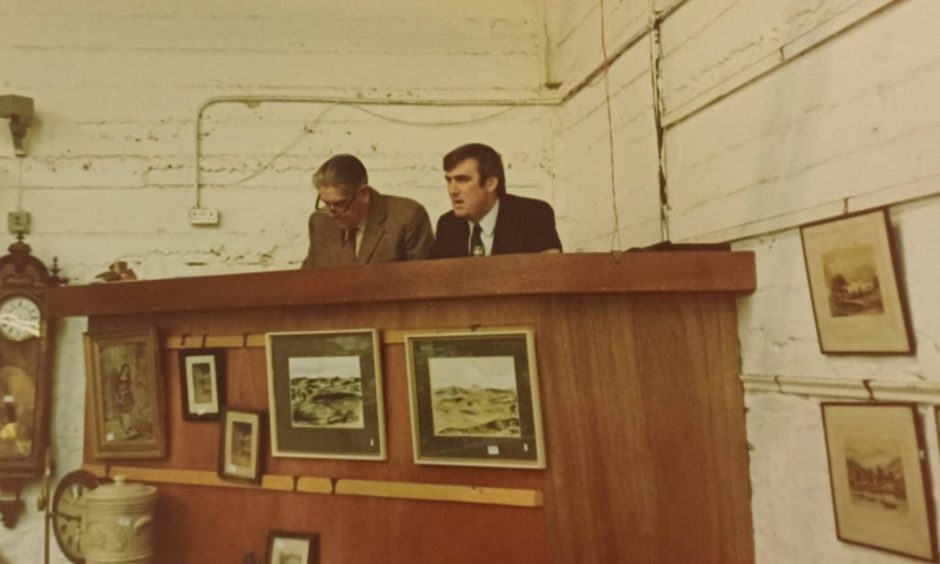
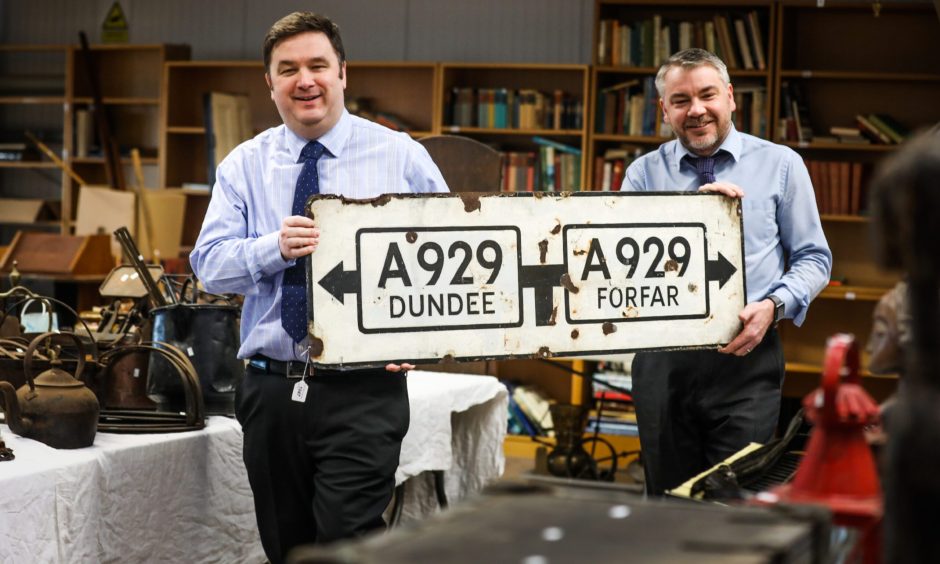
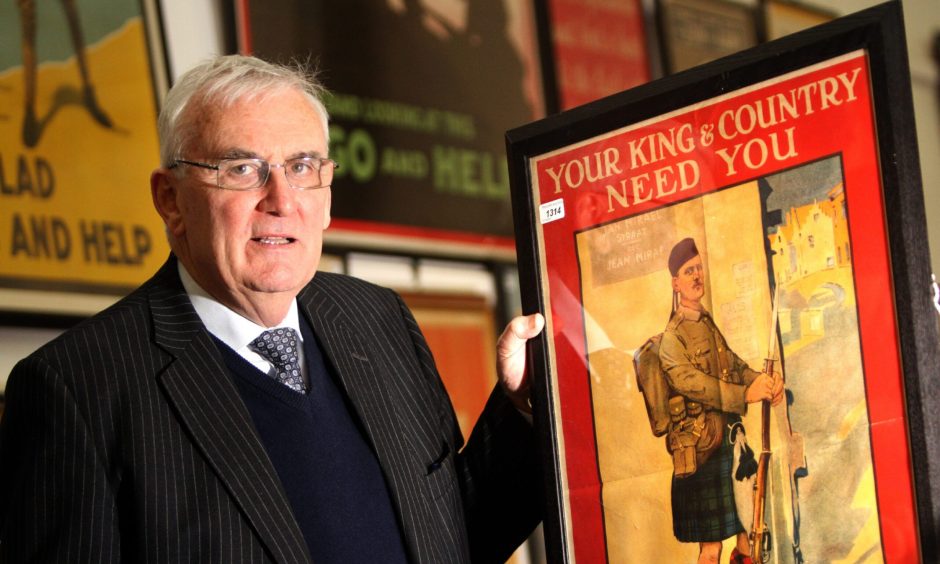

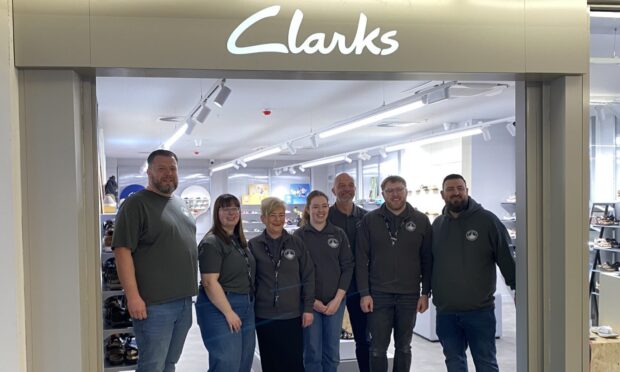

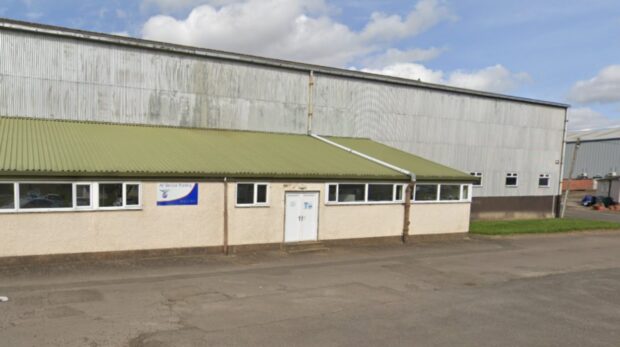

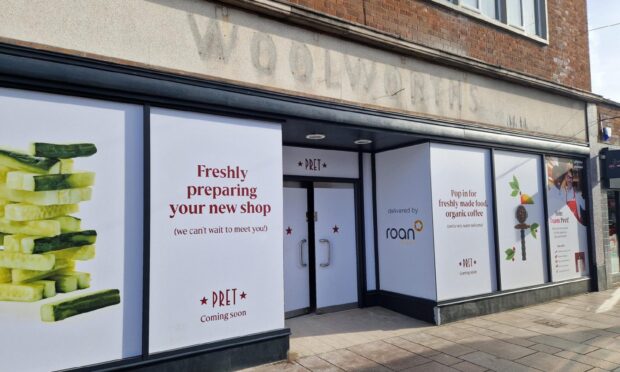




Conversation